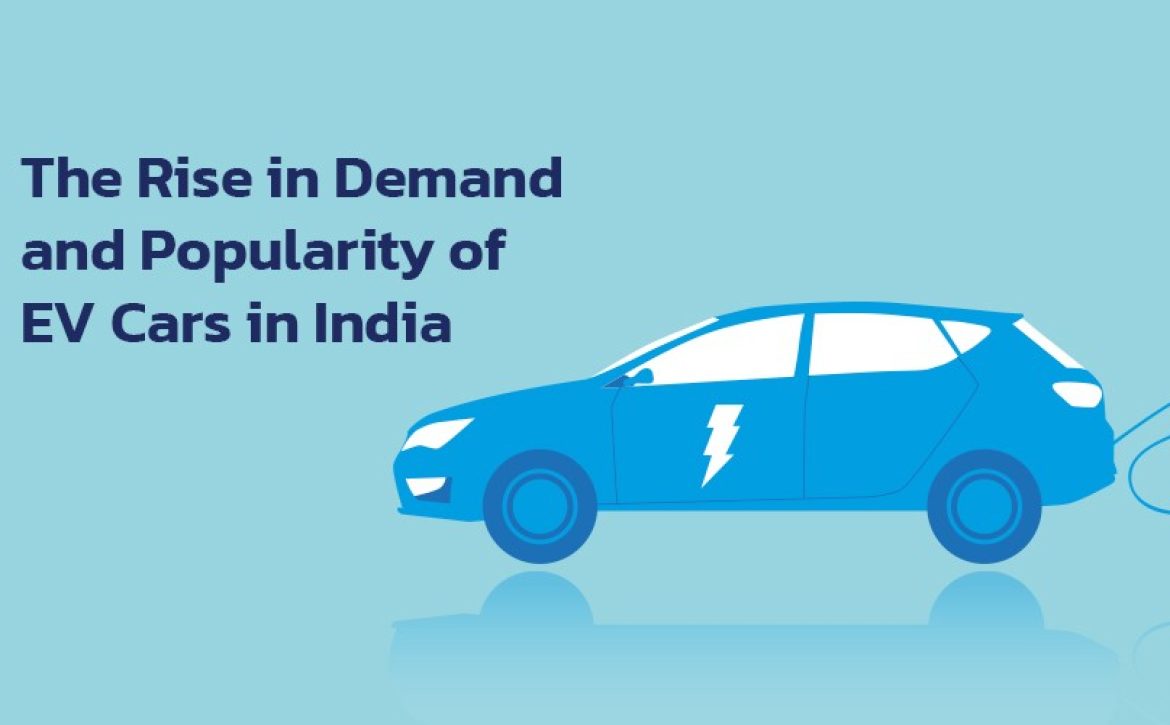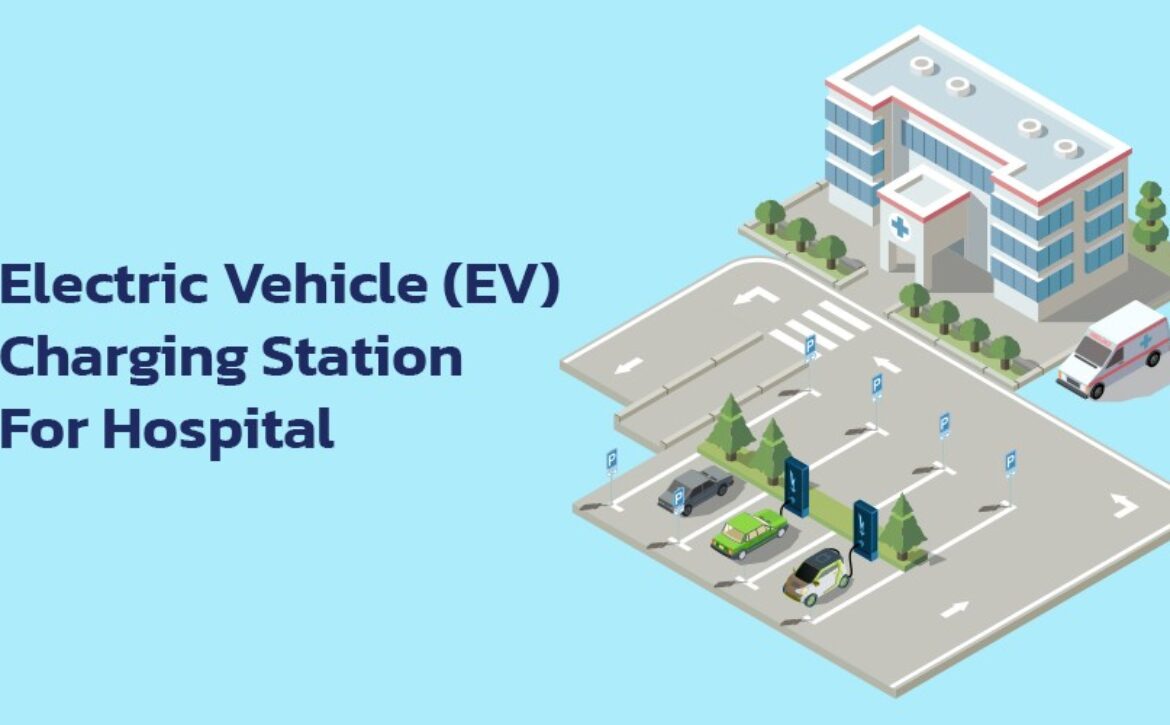How Can You Charge Your Electric Car without Having an EV Charger At Home
The decision to drive an EV proves highly beneficial on multiple terms. You fetch multiple benefits including zero-emission drives, smooth & silent travel, savings against purchasing expensive fossil fuel, low maintenance, etc. EV owners just need to charge EVs on a regular basis to keep enjoying e-mobility. EV manufacturers however provide Electric Vehicle Chargers For Home during purchase but they deliver a slow charging experience. If you do not want to wait for long hours to recharge EVs and look for fast charging facility then look at other options outside the home. There are multiple options available to experience fast charging to successfully overcome time-taking charging exercises and range anxieties.
The easy availability of EV charging facilities outside the home also gives the confidence to switch to e-mobility even without having an EV Charger At Home. The tiring efforts are not needed to find certified charging stations. There are several mobile phone apps available for Android and iOS platforms that are convenient to download as well as help to locate the nearest charging stations within minutes to meet the expectations of fast charging in a comfy way. These charging stations ensure a delightful EV charging experience.
Popular options to find commercial Charging Stations
There are multiple types of charging stations to serve customers with specialized needs. You can reach any of them that suits your convenience better. It is always important to park & charge at the certified place. The carefully made decision always delights with fast & safe EV charging.
You can charge your EV at any fast charging station available in your surrounding. You can use a Servotech EV Charger at your nearby grocery store or a shopping mall.
Stand-alone charging stations
These are dedicated charging stations with parking facilities. You can confidently leave your EV here even for long hours and return home with a fully charged battery. Since these charging facilities are dedicated so you will definitely experience the best safety standards.
Office parking lots
It is another popular option for fast EV charging outside the home as staff works for longer hours each day. Easy availability of charging facilities at office parking lots will encourage people to switch to e-mobility and stay protected against all types of charging-related issues. Just plug in the suitable EV charger and return with a fully charged EV.
Free charging at malls, supermarkets, hotels, hospitals, and others
The market continuously expects more and more customers. In order to invite them to shops, restaurants, and cafes, the market keeps offering different types of free services on a regular basis. The presence of different types of Electric Car Chargers at the dedicated charging facility will definitely help to draw the attention of EV owners and experience enhanced selling.
Conclusion
The continuously-growing graph of EV sales clearly indicates that the future of travel belongs to e-mobility. Therefore, the decision to provide charging facilities for EV owners will directly help to receive more customers and increase business at low investment Besides those people will also prefer buying electric vehicles who do not own EV chargers at home or do not want to install them due to some considerable reasons.










